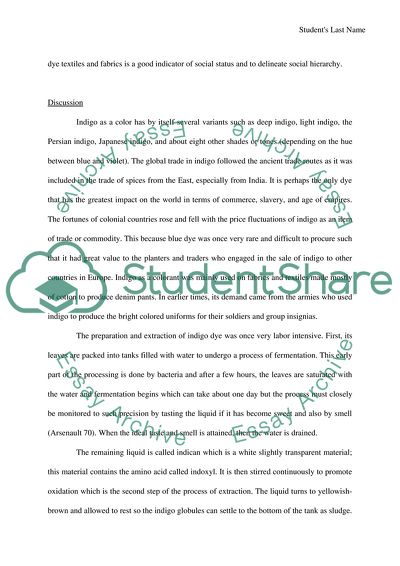Cite this document
(The Diversity of Indigo Essay Example | Topics and Well Written Essays - 2000 words, n.d.)
The Diversity of Indigo Essay Example | Topics and Well Written Essays - 2000 words. https://studentshare.org/anthropology/1847868-the-diversity-of-indigo
The Diversity of Indigo Essay Example | Topics and Well Written Essays - 2000 words. https://studentshare.org/anthropology/1847868-the-diversity-of-indigo
(The Diversity of Indigo Essay Example | Topics and Well Written Essays - 2000 Words)
The Diversity of Indigo Essay Example | Topics and Well Written Essays - 2000 Words. https://studentshare.org/anthropology/1847868-the-diversity-of-indigo.
The Diversity of Indigo Essay Example | Topics and Well Written Essays - 2000 Words. https://studentshare.org/anthropology/1847868-the-diversity-of-indigo.
“The Diversity of Indigo Essay Example | Topics and Well Written Essays - 2000 Words”. https://studentshare.org/anthropology/1847868-the-diversity-of-indigo.


